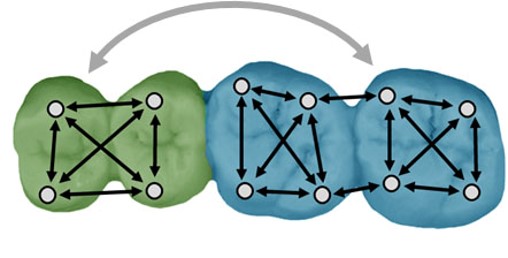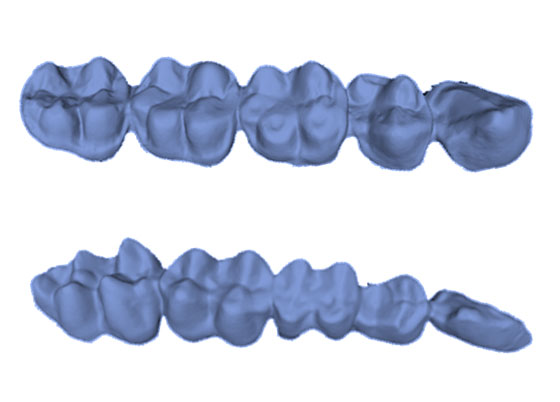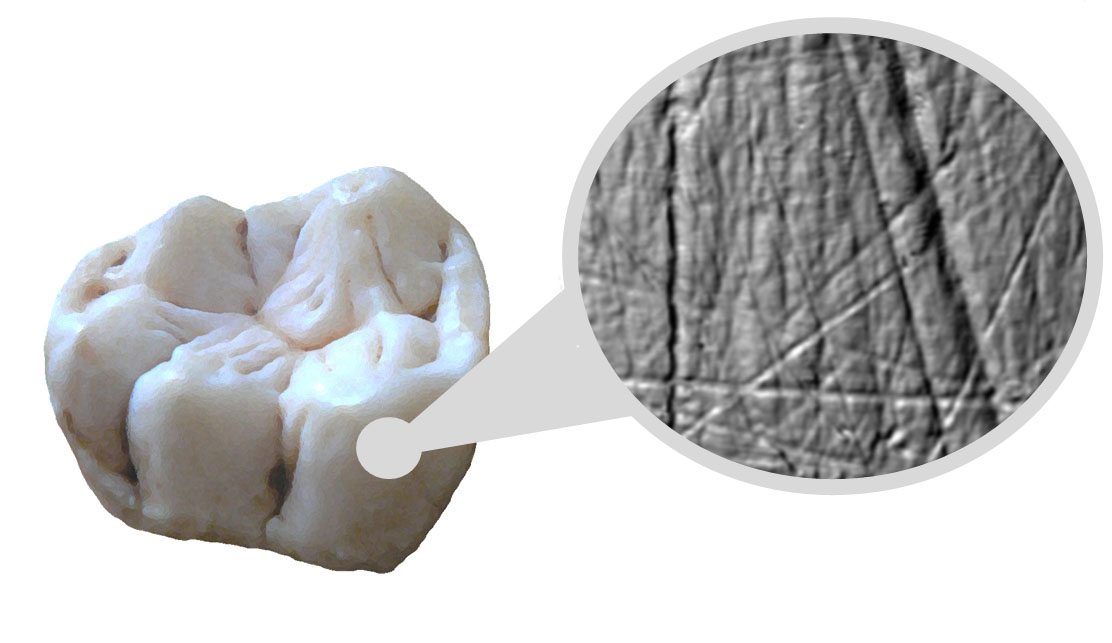
Dental Morphometrics and Phylogenetics
Dental shape and size provide key insights into the evolutionary and adaptive factors driving primate diversification. We utilize 2D and 3D odontometric analyses, along with geometric morphometric techniques to study tooth-row covariation and integration. Our research spans extant non-human primates and human populations across various time periods and environmental contexts.


Dental Complexity and Feeding Ecology
We analyze the 3D topography of primate postcanine teeth to assess crown complexity using shape descriptors such as crown height, sharpness, and crenulations. Our goal is to explore how ecological and genetic factors shape dental functional adaptations and contribute to morphological variability across primate species.
Diet-Related Dental Macro- and Microwear
Our research examines 2D and 3D morphological and microscopic dental wear patterns. By correlating feeding ecology and life history data with wear-related signatures, we investigate how ingestive behavior influences occlusal (dentine exposure) and non-occlusal (microscopic scratches) tooth surfaces. This includes analyses of both living primates and museum-preserved specimens of non-human primates and human populations.
